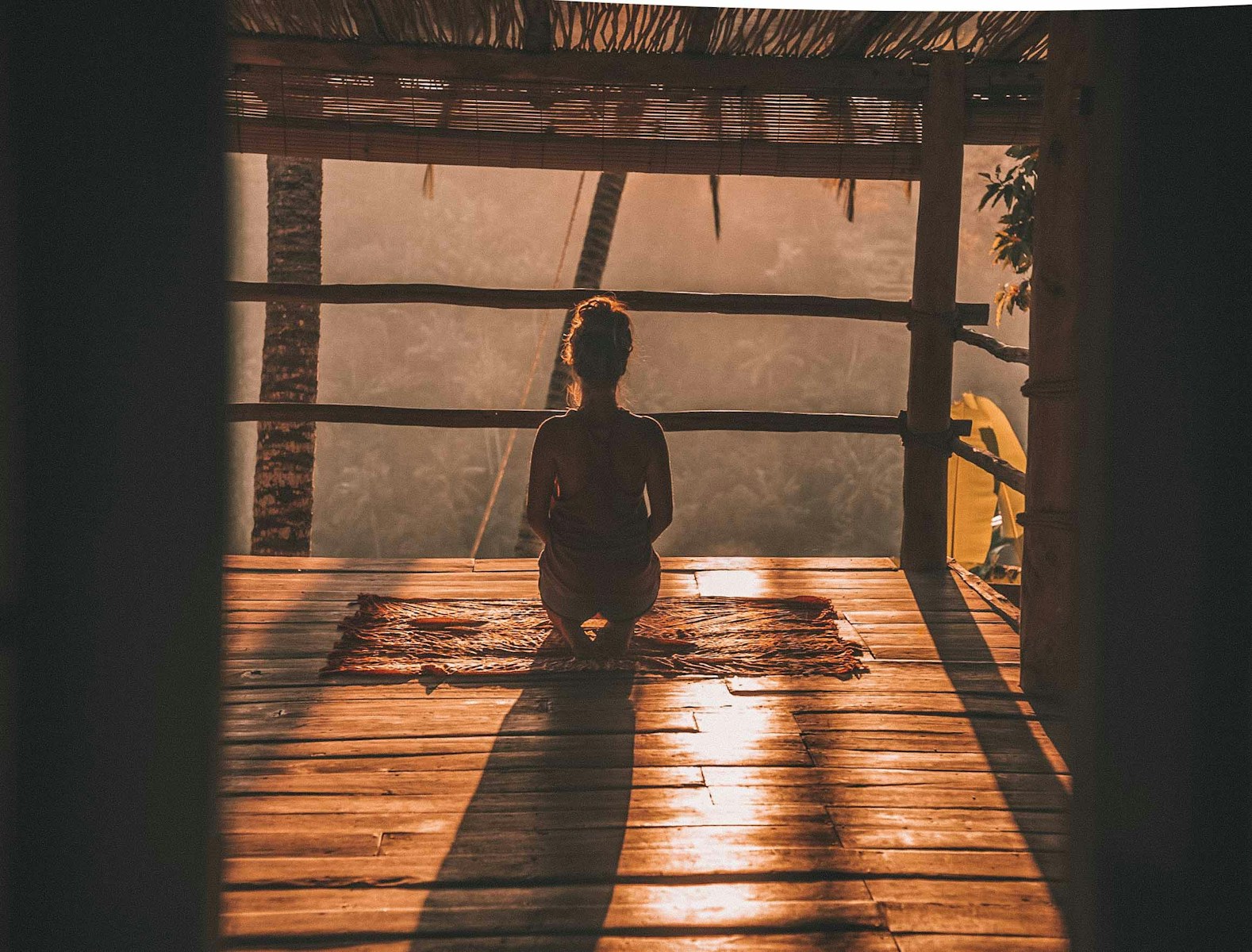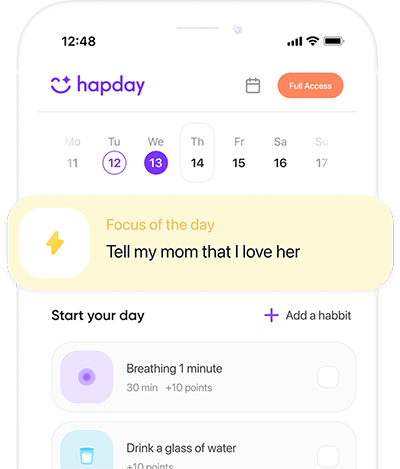Table of Contents
- Understanding Anxiety
- The Science Behind Meditation and Anxiety
- Meditation Techniques for Anxiety Relief
- Mindfulness Meditation
- Guided Visualization
- Loving-Kindness Meditation (Metta)
- Body Scan Meditation
- Zen Meditation (Zazen)
- Complementary Practices to Enhance Meditation
- Overcoming Challenges in Meditation Practice
- Conclusion
Understanding Anxiety
In today’s fast-paced world, achieving a sense of inner peace can feel like chasing the wind. Anxiety, a common mental health challenge, impacts millions around the globe. More than ever, finding effective ways to manage this condition is essential. Among the myriad of strategies available, meditation shines as a powerful tool to ease anxiety and cultivate tranquility. In this article, we will explore meditation’s benefits for anxiety relief and discover techniques to usher in a more peaceful existence.
Before diving into the realm of meditation, it’s crucial to understand what anxiety entails and its impact on individuals. Anxiety is a natural response to stress, manifesting as feelings of worry, unease, or fear regarding certain situations. While occasional anxiety is a normal wheel of life, chronic anxiety can morph into disorders that significantly hinder daily activities.
According to the Anxiety and Depression Association of America (ADAA), anxiety disorders affect about 18.1% of the U.S. population annually, making them the most prevalent mental illnesses in the nation. On a global scale, the World Health Organization (WHO) reports that anxiety disorders impact 284 million people. Women are more frequently diagnosed with these disorders than men, and they often occur alongside depression and other mental health issues.
The Science Behind Meditation and Anxiety
Meditation is an ancient practice that focuses on mindfulness and concentration. Scientific research has shown that meditation can drastically reduce anxiety symptoms. For instance, a study published in JAMA Internal Medicine in 2014 revealed that mindfulness meditation programs notably improve anxiety, depression, and pain.
Meditation affects the brain by shrinking the amygdala, the region responsible for fear and emotion, while boosting the prefrontal cortex, linked to executive control and focus. Neuroimaging studies reveal that long-term meditators experience increased gray matter in brain areas connected to attention, emotional regulation, and mental flexibility. These changes enhance stress management, subsequently reducing anxiety.
Meditation Techniques for Anxiety Relief
1. Mindfulness Meditation
Mindfulness meditation encourages you to anchor yourself in the present moment without judgment. This involves acknowledging thoughts, sensations, and emotions as they emerge, allowing them to pass without clinging.
How to Practice:
- Choose a tranquil spot to sit comfortably.
- Close your eyes and take a few deep breaths.
- Focus on your breath, noting the sensation of air flowing in and out of your nostrils.
- When thoughts or feelings surface, acknowledge them then gently refocus on your breath.
- Aim for at least 10 minutes daily.
A study in the journal Clinical Psychology Review found that mindfulness-based interventions play a significant role in reducing symptoms of anxiety and depression. By nurturing awareness and non-reactivity to thoughts and emotions, mindfulness meditation breaks the cycle of rumination that often fuels anxiety.
2. Guided Visualization
Guided visualization, or guided imagery, involves conjuring serene scenes in your mind to induce relaxation and calm. This technique taps into the mind-body connection, helping reduce stress and anxiety through mental imagery.
How to Practice:
- Sit or lie down in a comfortable position.
- Close your eyes and breathe deeply to relax.
- Imagine a peaceful setting, like a beach, forest, or garden.
- Engage all your senses: hear the waves, feel the breeze, smell the flowers, etc.
- Spend 10-20 minutes immersing yourself in this scene.
Research published in the Journal of Alternative and Complementary Medicine indicates that guided imagery can lower cortisol levels, a stress hormone, thereby diminishing anxiety. This practice is especially beneficial for those who find it tough to empty their minds completely.
3. Loving-Kindness Meditation (Metta)
Loving-kindness meditation, also known as Metta, involves sending positive wishes to yourself and others. This practice enhances compassion and reduces negative emotions often linked to anxiety.
How to Practice:
- Sit comfortably and close your eyes.
- Breathe deeply, focusing on fostering love and compassion.
- Repeat phrases such as “May I be happy, may I be healthy, may I be safe, may I live with ease.”
- Extend these wishes to loved ones, acquaintances, and even those you find challenging.
- Practice for about 15-20 minutes.
A study from the Journal of Happiness Studies found that engaging in loving-kindness meditation boosts positive emotions while decreasing anxiety. By enlarging the circle of kindness beyond oneself, this meditation helps diminish personal anxieties.
4. Body Scan Meditation
Body scan meditation involves paying attention to different parts of your body, fostering relaxation and awareness of physical sensations. This technique anchors you in the present, diverting attention from worrisome thoughts.
How to Practice:
- Lie down comfortably.
- Close your eyes and breathe deeply.
- Focus on your toes, noting any tension or sensations.
- Move your attention upwards through each part of your body to your head.
- Spend 20-30 minutes in this meditative state.
Research in Behavior Research and Therapy shows that body scan meditation reduces physical symptoms of stress and anxiety by facilitating deep relaxation.
5. Zen Meditation (Zazen)
Zen meditation, or Zazen, centers on seated mindfulness and observing thoughts without attachment. This practice cultivates inner peace.
How to Practice:
- Sit cross-legged or on a chair with a straight back.
- Close your eyes, focus on your breath, counting each inhale and exhale.
- Maintain awareness of your posture and breathing, returning to the breath when distractions arise.
- Practice for 15-30 minutes daily.
A study at Emory University noted that Zazen practitioners reported decreased anxiety and improved emotional resilience. By nurturing awareness and acceptance, Zen meditation aids in detaching from anxiety-inducing thought patterns.
Complementary Practices to Enhance Meditation
While meditation stands as a significant tool for anxiety relief, integrating complementary practices can amplify its effects:
A. Yoga
Yoga melds physical postures, breathing exercises, and meditation, fostering overall wellness. The Journal of Clinical Psychology highlights yoga’s potent effects in reducing anxiety and enhancing mood.
B. Breathing Exercises
Focused breathing invokes a relaxation response, countering anxiety-driven fight-or-flight instincts. Techniques like diaphragmatic breathing and the 4-7-8 method pair well with meditation.
C. Journaling
Writing about thoughts and feelings provides clarity and perspective, lowering anxiety levels. A study in Advances in Psychiatric Treatment found expressive writing beneficial for stress reduction.
D. Aromatherapy
Essential oils like lavender, chamomile, and bergamot have calming properties that complement meditation. The Journal of Natural Medicines supports aromatherapy for anxiety relief.
Overcoming Challenges in Meditation Practice
Though beneficial, some may face hurdles when beginning


I’m a bit skeptical about meditation honestly. How can just sitting quietly really help with something as serious as anxiety? I’ve tried it a few times and found it hard to concentrate. Would love to hear from others who struggled but found success later!
Meditation is truly a game changer for anxiety relief! The science behind it is fascinating too—who knew that shrinking the amygdala could have such profound effects? I’m particularly interested in trying the guided visualization technique; it sounds like an engaging way to relax.
Who knew that meditating could actually change your brain structure? That’s mind-blowing! I’m definitely going to look into incorporating mindfulness into my travel routine. Imagine meditating on a beach somewhere!
I absolutely loved this article! It’s amazing how much meditation can help with anxiety. I’ve been practicing mindfulness meditation for a few weeks now, and I already feel more at peace. The tips provided here are super practical, especially the body scan technique. Can’t wait to try the loving-kindness meditation next!
This post resonates so much with me! I’ve been practicing Zen meditation (Zazen) for months now, and the results have been incredible—I feel calmer than ever before! It’s nice to see more people discussing mental wellness through these methods.
Meditation has transformed my mornings! Instead of scrolling through my phone, I dedicate time to loving-kindness meditation first thing when I wake up. It sets such a positive tone for the day ahead.
I’ve always thought of meditation as something only ‘spiritual’ people do, but this article breaks that stereotype! It’s cool to see practical applications for everyday folks like us trying to navigate life’s stresses.
I appreciate how comprehensive this article is! It covers not only meditation techniques but also complementary practices like yoga and journaling, which I find incredibly useful. Each technique feels relatable and easy to implement into daily life, making it accessible for everyone.
While I find some of these techniques interesting, they seem overly simplistic for someone dealing with severe anxiety. It feels like there should be more emphasis on professional treatment alongside these practices. Just my two cents!
I tried meditating after hearing about its benefits but didn’t really notice any change in my anxiety levels. Maybe it’s just not for everyone? I’d love some feedback from those who felt similarly before finding success!